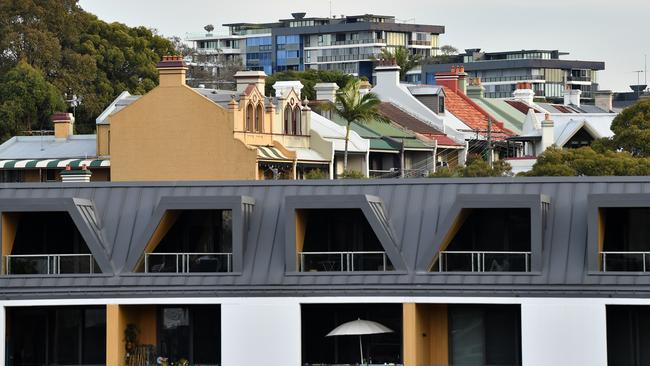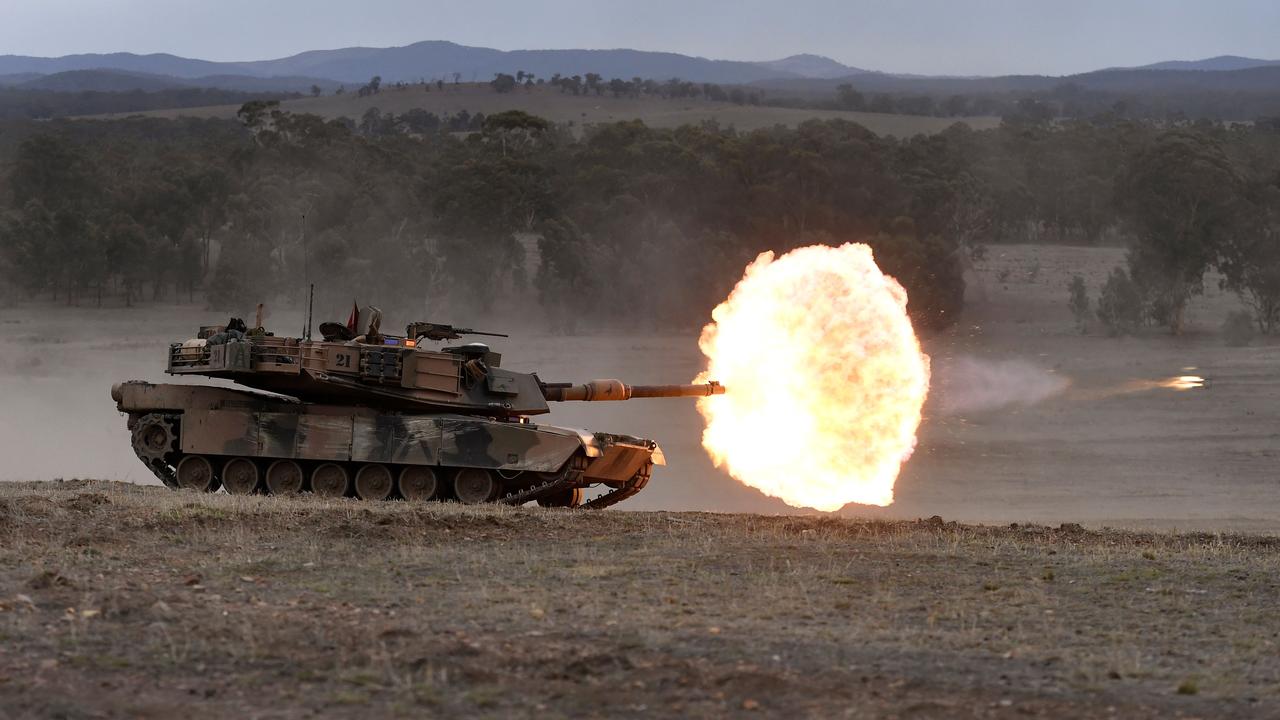Low supply to increase unit prices but don't expect houses to become cheaper
A fall in unit construction and demand for housing will likely see unit prices increase over the coming months and close in on the cost of homes.

The price gap between units and houses is expected to close in the coming years as supply constraints push the more affordable end of the market higher.
Before the pandemic, buyers could pick up a house at the national median price of $549,000, about 11.5 per cent more than a unit at $492,500, new PropTrack analysis shows.
However, cheap credit and the race for space that accompanied the health crisis caused the difference in price to climb by more than double to 29.5 per cent, a gap of $165,000, with the difference starker in the country’s most expensive markets as property values boomed.
While property prices have moderately receded and stabilised in reaction to a dozen interest rate increases, a shortage of new apartments being built, borrowing constraints and considerable underlying buyer demand are set to underpin growth at the more affordable end of the market.
PropTrack economist Anne Flaherty said the difference in prices has started to shrink in some places and the reduction in apartment projects could make that occur faster.
“There’s a lot of factors that support growing demand for apartments. But at the same time, our development pipeline is starting to slow particularly for apartments – so you know that would imply we’re going to see that gap start to close over the coming year or so.
“So, what we’re going to see is those apartment prices which didn’t show that much movement in a lot of markets for quite a long time, are going to start to increase.”
Houses almost doubled the cost of units in the ACT in 2022, where the price gap was 75 per cent or $$415,000.
Over the past year, this has fallen by $50,000 to a difference of 62 per cent.
It is only second to Sydney, where the gap in costs has held largely firm at 74 per cent or $555,000.
Despite increased pressure on the market, Brisbane (59 per cent or $281,000) and Darwin (52 per cent or $198,500) have been unable to shake out significant changes, while Hobart has shrunk 5 percentage points to a gap of $165,000 (or 35 per cent).
The difference has been exacerbated in markets that have proven resilient to market changes, with houses now about $40,000 more expensive than units in Adelaide and Perth than a year ago, widening the gap to 54 per cent and 43 per cent, respectively.
Melbourne has increased by 3 percentage points to 47 per cent or $282,626.
Ms Flaherty said first-home buyers were more likely to be forced into more affordable housing options, given the reduction in borrowing capacities had not been met by price falls.
“If we look at what’s going on at the moment, what we’ve seen is that this gap in some locations, it has started to narrow what we are seeing is that even in those locations where the gap is still growing, the speed at which that gap is going has started to slow down,” she said.
“A lot of first-home buyers, their borrowing capacity has been reduced by around 30 per cent but we really haven’t seen much of a reduction in prices.
“That means many have been locked out of the housing market and many may now look instead to apartments and townhouses.”




To join the conversation, please log in. Don't have an account? Register
Join the conversation, you are commenting as Logout